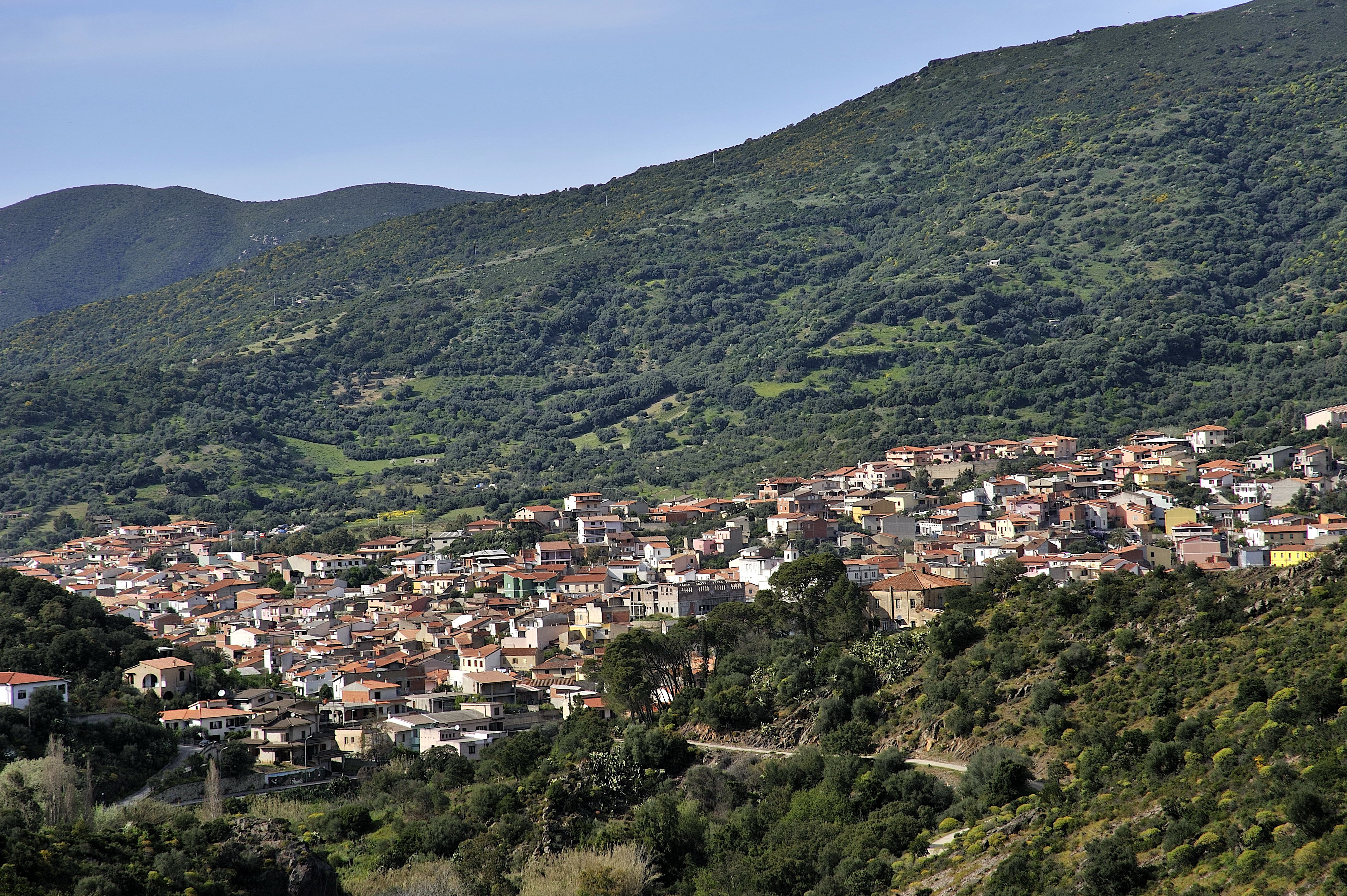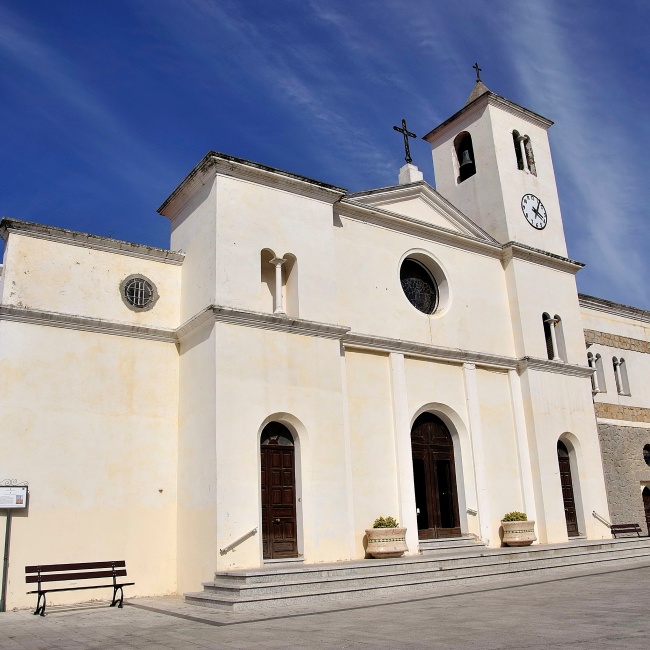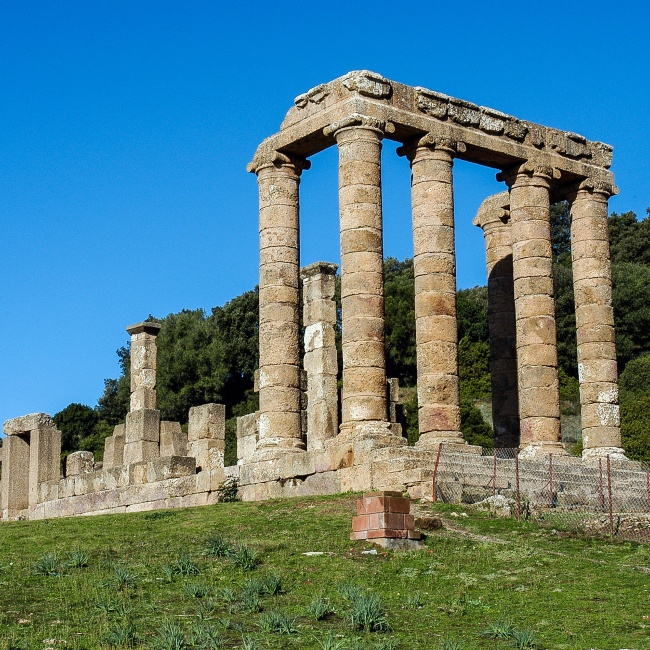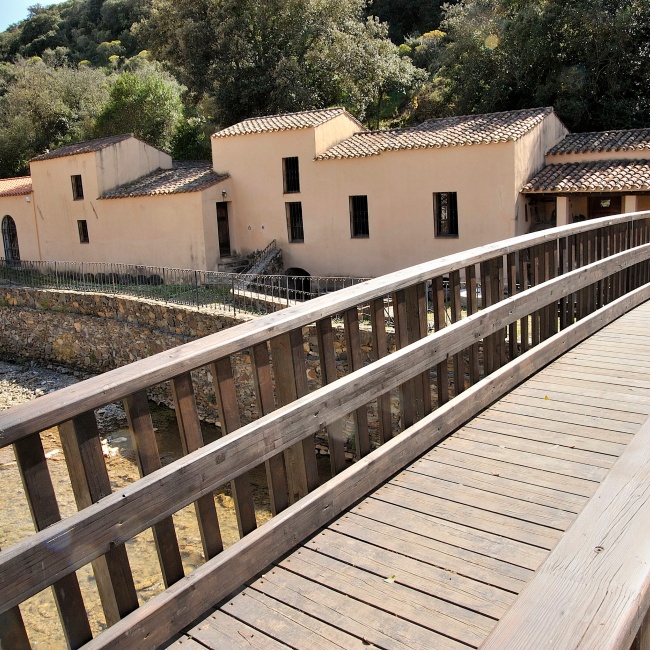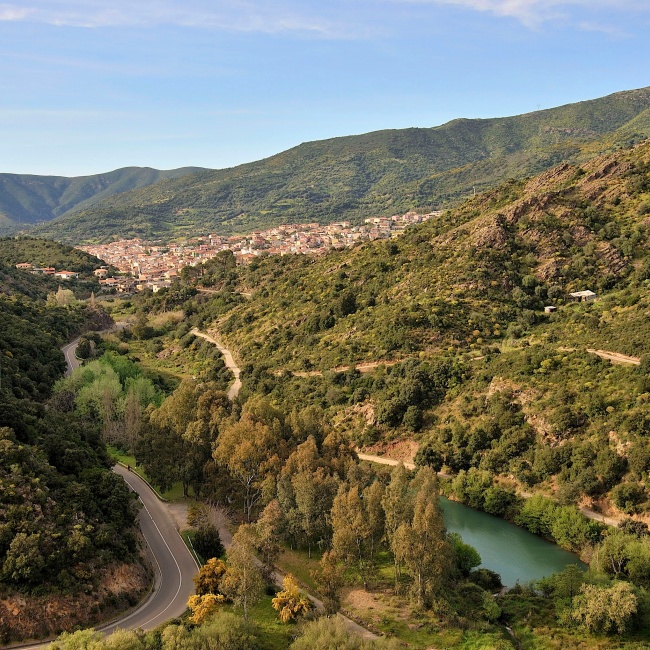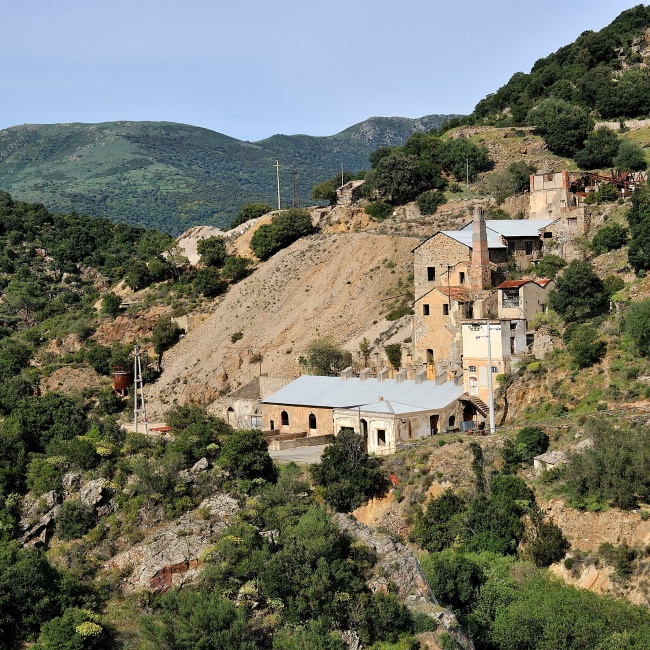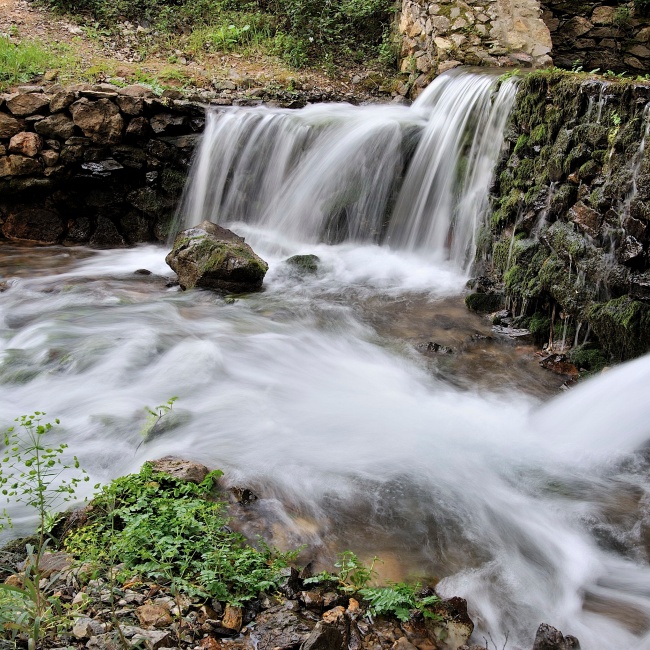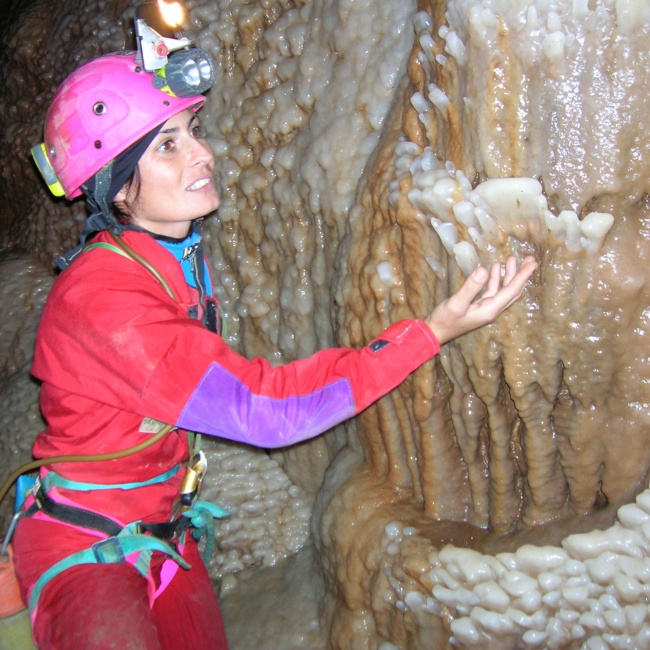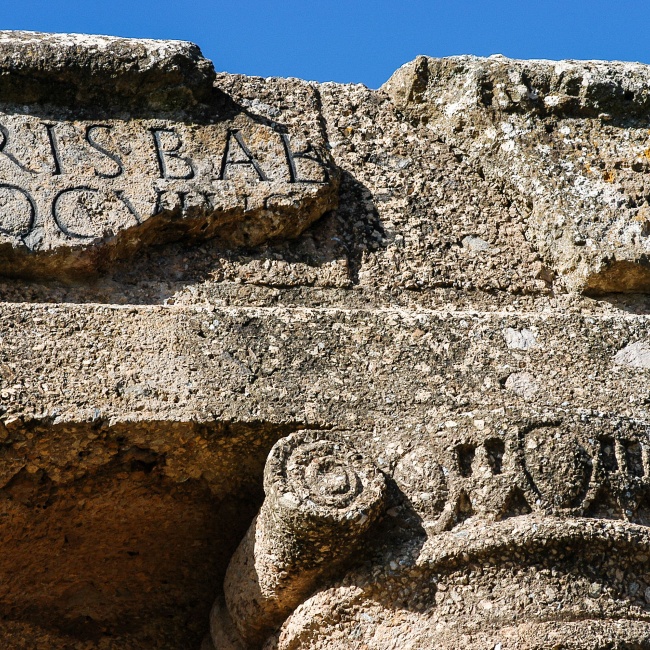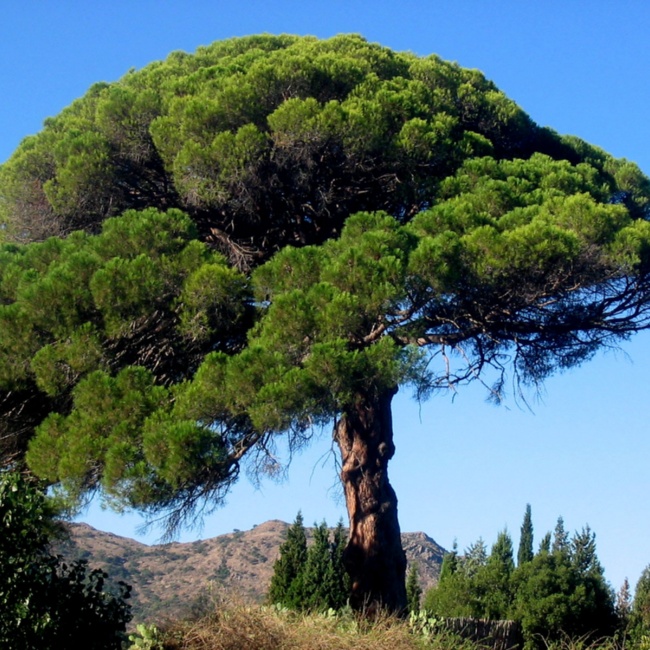Fluminimaggiore
Fluminimaggiore is a small village that rises along the banks of the Rio Flumini Mannu river, at the foot of a vast valley, surrounded by tall mountains facing the sea.
The presence of the river abounding with water has left a profound impact on the area. At one time there were at least 20 water mills operating in the village. Today, one of these mills, the Mulino Licheri, bears witness to the fervent activity and hosts the Museo etnografico (Ethnographic Museum). The colour that best describes this village is undoubtedly green: the green of the valleys, mountains and woods surrounding it that lead back to Monte Linas.
Fluminimaggiore, like the other towns that are part of the Park, more specifically Villacidro and Gonnosfanadiga are located in the Linas Massif. Not far from the village, among the woods and waterways, archaeological and environmental treasures of extraordinary beauty and importance hide, just waiting to be discovered: il Tempio di Antas (Temple of Antas), the Grotte di Su Mannau (Caverns), the perennial source of Pubusinu, and fossils.
The Antas valley, which has been constantly inhabited as far back as the Nuragic era, hosts Sardinia’s the largest ancient sacred building. Its majesty and excellent condition make it one of the island’s most important and fascinating archaeological sites. A little further ahead, the Grotta di Su Mannau cavern, with its abundant water and splendid concretions of calcite and aragonite that extends for approximately 8 kilometres, is a popular tourist destination
There is a wealth of perennial sources of water in these mountains such as Pubusinu, Sardinia’s largest spring. Fluminimaggiore is an authentic manual of geology and palaeontology! Its territory is one of Europe’s oldest and like a bone fide manual, it tells the story of the Earth through one of Italy’s most exhaustive Paleozoic collection featuring fossils that date back to a period that ranges from 290-590 million years ago.
